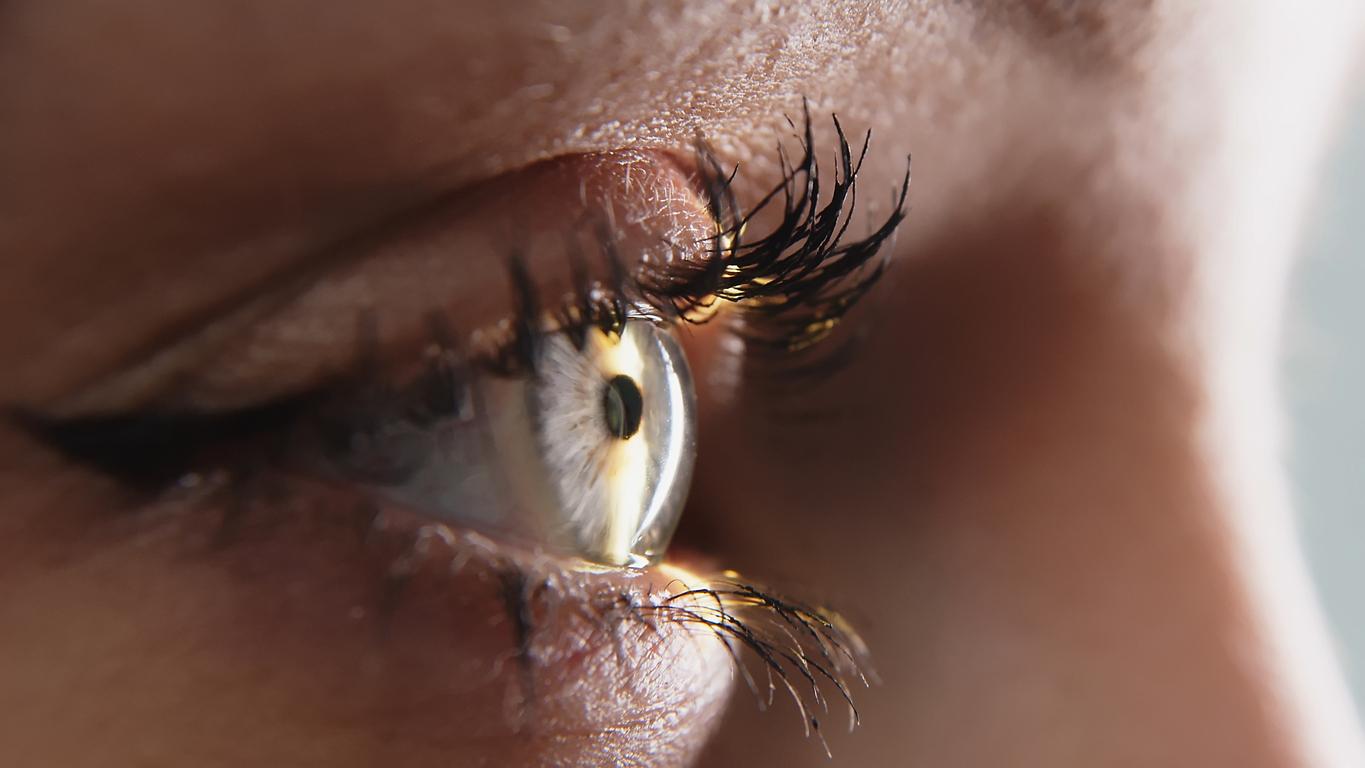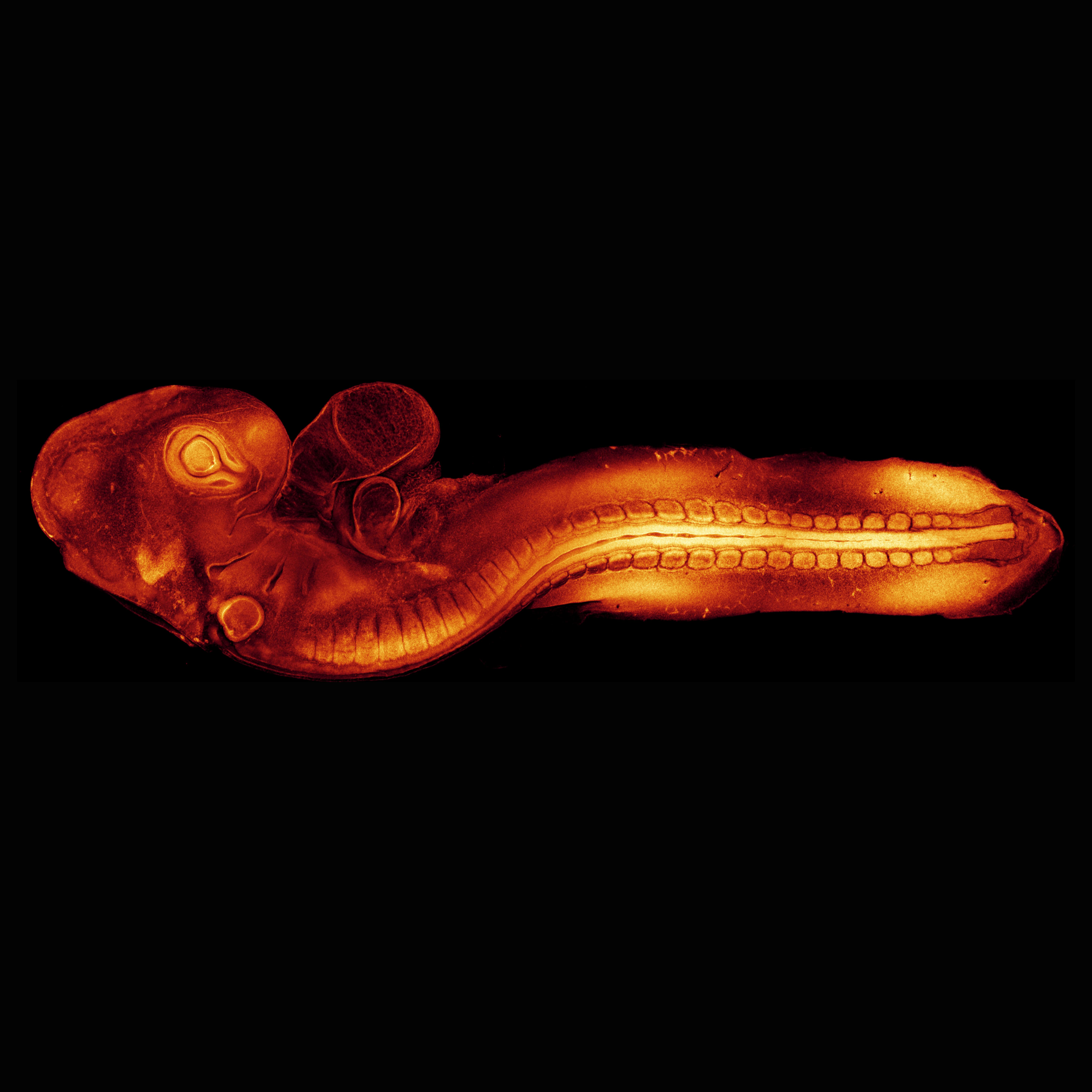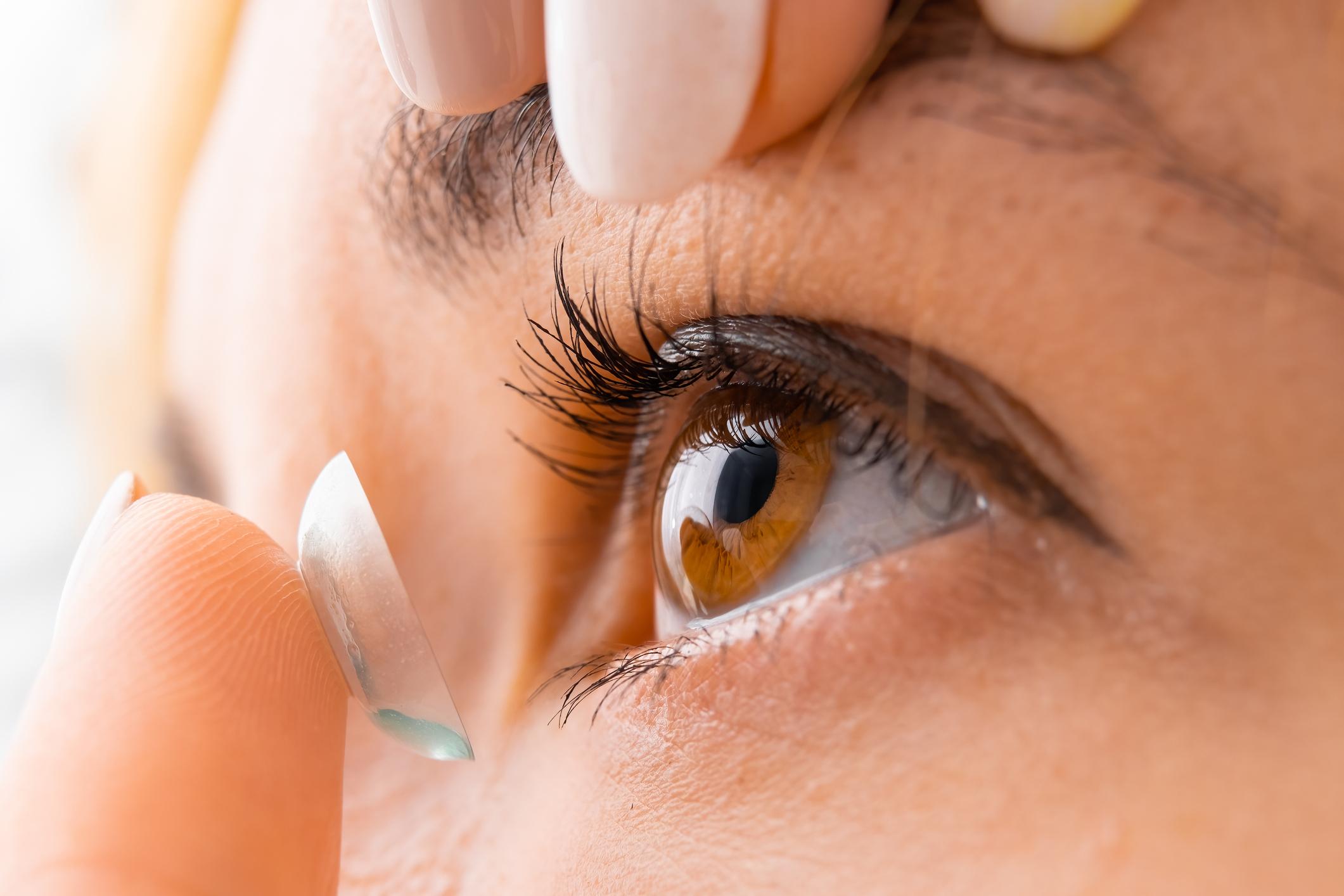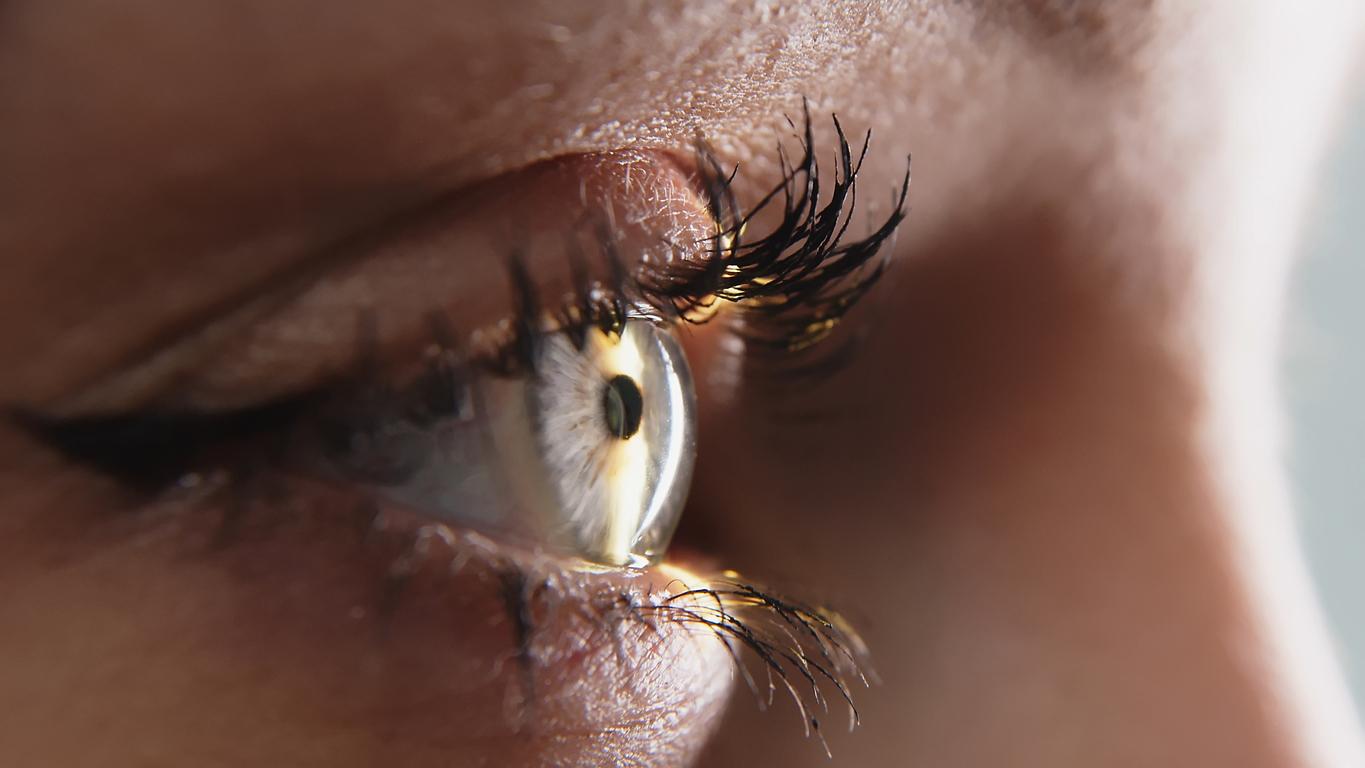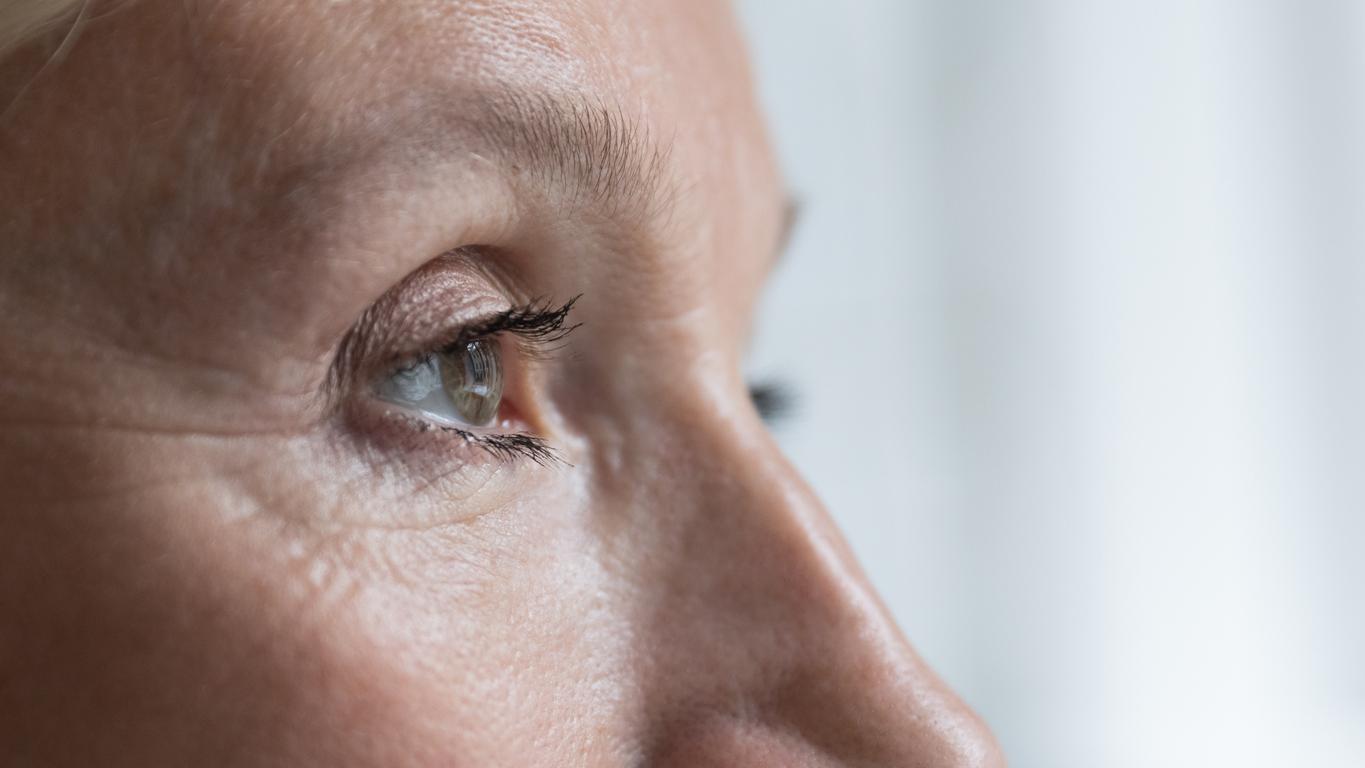Glaucoma is a common cause of blindness. It is a disease that affects the drainage of fluid in the eye. This increases the pressure in the eye.
Inside the eye are two cavities, or chambers, that are filled with fluid. The eye fluid ensures that the pressure in the eye is maintained, so that the shape of the eye remains unchanged. This fluid is crystal clear and watery, and is located in the anterior chamber of the eye. The posterior chamber of the eye, which is somewhat larger, is filled with a thick, viscous fluid. This is called vitreous body.
The clear watery fluid in the anterior chamber of the eye is called aqueous humor. This fluid flows through the eye chamber and is thus constantly refreshed. This fluid is produced close to the lens, flows into the anterior chamber of the eye and is then drained through a small drainage channel into the circulatory system discharged.
Glaucoma, a common cause of blindness, is a disease that affects the drainage of aqueous humor. This increases the pressure in the eye. Glaucoma has many types and causes. Glaucoma comes in two forms: a spongy network that filters the eye fluid is compressed, impeding the flow of fluid into the drainage canal, or the canal opening is blocked by the iris.
In both cases, fluid buildup in the eye increases the pressure on the back of the eye and damages the optic nerve. This nerve transmits images to the brain. Over time, the increased pressure can cause blind spots and even total blindness. The progression of the disease can be halted or slowed by appropriate medical treatment, but lost eyesight cannot be recovered.









